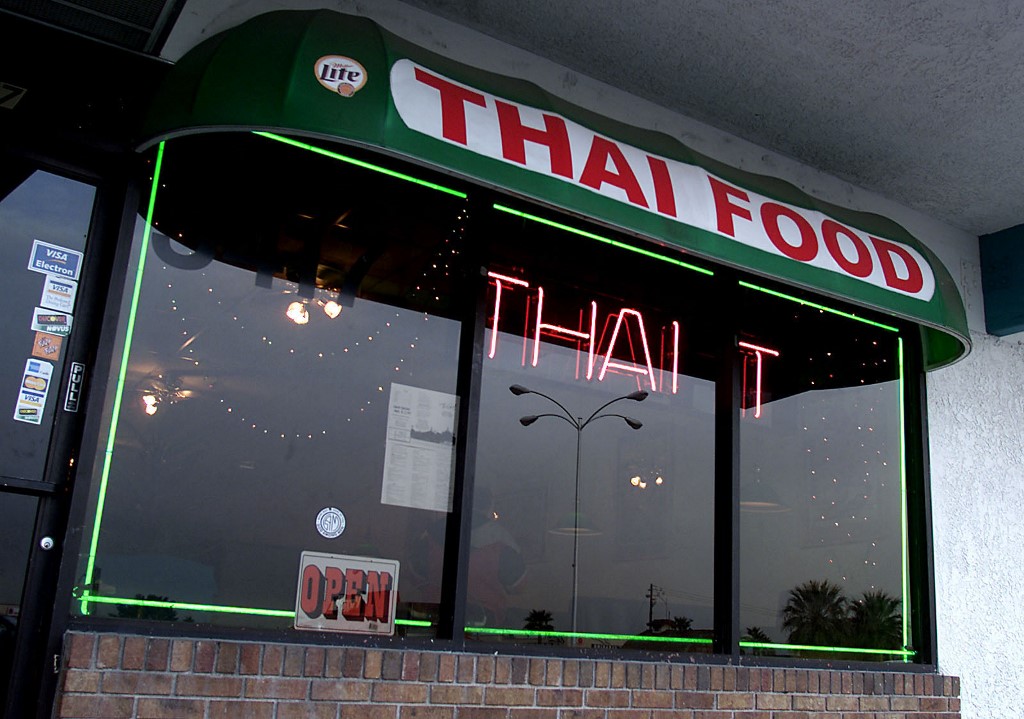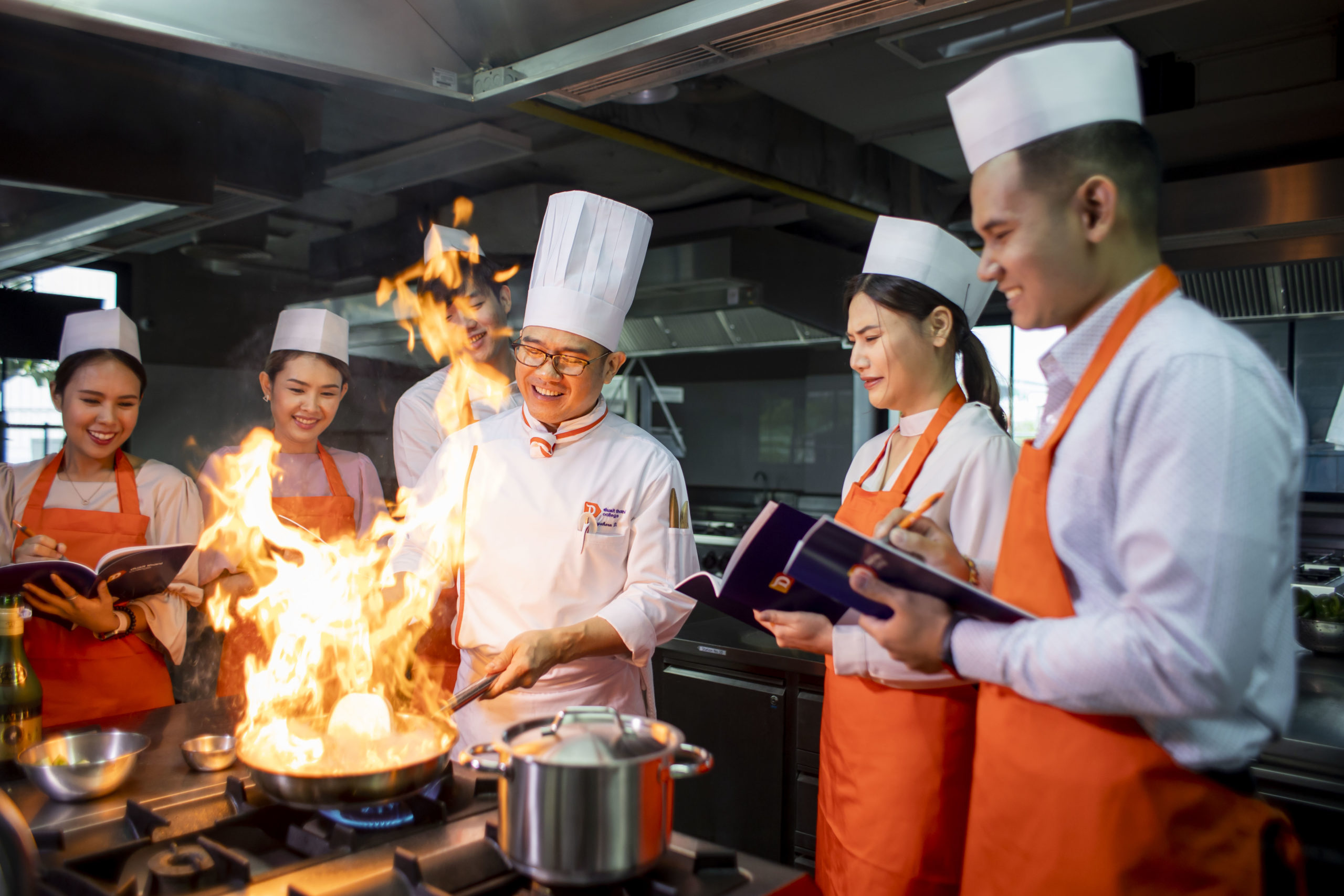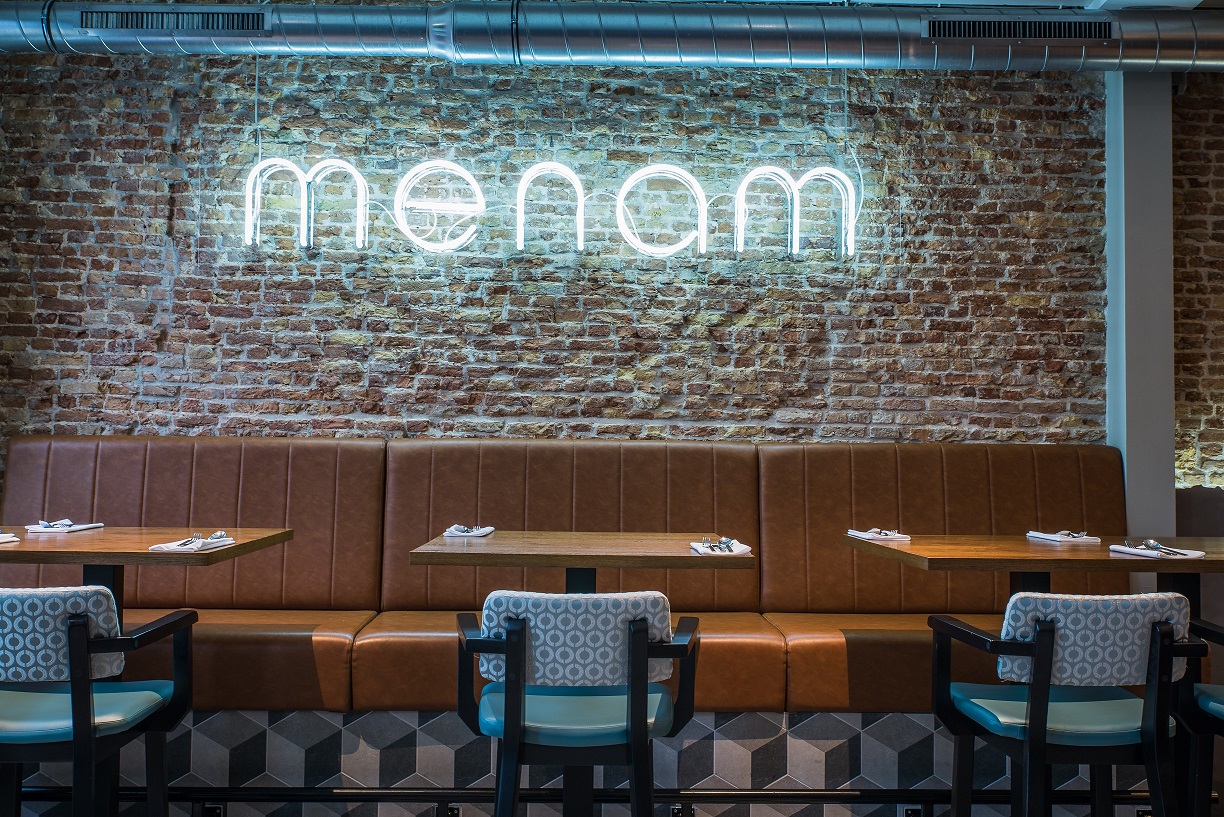In 2019, a crisis of diplomatic affairs was brewing between Thailand and South Africa.
Called upon by Komate Kamalanavin, the Thai ambassador to the African nation, Pisarn Soydhurum seemed the only one who could repair fractured ties. Soydhurum’s government-given responsibility? To research rumours of bad Thai food being served up.
Something that only warrants a negative online review in most circumstances, he and a colleague from their Bangkok base were sent 10,000km to investigate.
“It was found out there are many errors, many mistakes, many distortions, many adaptations, modifications, wherever,” said the director of the Center for Thai Cuisine Promotion. “It makes the image of Thai food quite different from the original.”
As unlikely as Soydhurum’s exploits may seem, his trip forms just one piece of a wider choreographed soft power programme implemented by the Thai government since 2002. Unbelievable situations like these, in which the kingdom’s most powerful government institutions devote attention to culinary transgressions in far-flung corners of the world, are not uncommon.
While the likes of China have attempted to expand their cultural reach through highly visible and controversial schooling programmes, the Thai government is taking a more subtle approach. From that starting point in the early 2000s, the state has become a pioneer of ‘gastrodiplomacy’, exporting Thai cuisine, products and ultimately culture across the globe in a food-focused effort known as Thai Kitchen of the World.
From Cambodia to South Africa, the ubiquitous prevalence of Thai food is actually an extremely strategised – almost secretive – form of soft power being implemented by the Southeast Asian nation. A country that handles its cuisine with the utmost seriousness, the kingdom has figured out how to turn a carefree dinner for most into a highly successful method for yielding tourism, exports and a stellar culinary reputation.
Activities span various initiatives, from the launching of some 3,000 Thai restaurants worldwide, to the Thailand Authority for Tourism’s strides in bringing Michelin star certifications to the country two years ago. Few branches of Thailand’s government seem untouched by culinary responsibilities, from the Ministry of Labour, responsible for testing Thai chefs before granting them permission to work abroad, to the Ministry of Foreign Affairs, which carefully monitors the quality of Thai food in other countries.
“The main idea is they would like to use Thai culture and the culinary arts of Thailand to invite the people over the world, to enjoy what we call a kind of culinary diplomacy,” Soydhurum said of the programme. “One of [our] main objectives is to preserve, protect, and promote Thai culture. So it fits nicely with the idea.”
Thailand’s cultural diplomacy is a topic tackled by Htet Myet Oo, the British-Burmese owner of Myanmar-based Rangoon Teahouse, in his 2017 TED Talk. He believes this gastrodiplomacy has played a major role in the country’s rise to prominence as a cultural powerhouse in the last 20 years, leaving his own country Myanmar in its wake.
“I would say the one culture of Southeast Asia that has been exported the best anywhere in the world, when you’re talking about lifestyle and living and food and hospitality, would be Thai cuisine,” Htet Myet Oo told the Globe. “I think it’s a big testament to how proactive the government has been in doing so.”
His own love affair with Thai food began in the UK with a simple question to his friends: Where should we go for dinner? While some may question the effectiveness of a good meal, Htet Myet Oo found his mind often wandering to what the dish tasted like in its country of origin.
Years after his introduction to Thai food in the UK, he’s now a frequent flyer to Bangkok. He cited Thailand’s success in the field as evidence that such initiatives can translate directly into economic success at home.
“Maybe out of a million people who went to these Thai restaurants, perhaps 100,000 eventually ended up going to holiday in Thailand,” he said.

A pioneer in the field, the years since have seen similar forms of culinary soft power adopted worldwide as, inspired by Thailand, governments worldwide shell out millions of dollars to expand their cultural reach.
Taiwan’s 2010 ‘Dim Sum Diplomacy’ programme spanned four years and more than $34 million in an attempt to boost the national profile in places where the country has limited diplomatic channels to do so. In 2010, Malaysia adopted its own ‘Malaysia Kitchen’ programme, seeking to replicate the Thai model by promoting its own food in the West.
Meanwhile, the Japanese government practices diplomacy through ramen restaurants in its $16 million ‘Cool Japan Fund’ set up in 2014 to promote its own culture abroad.
The spread of responsibility for culinary programmes makes it difficult to calculate exactly how much the Thai government is shelling out for them, especially with multiple collaborations with private sector actors. But one of the largest initiatives is run through the Export-Import Bank of Thailand, which reportedly has an annual budget of $16 million, or 500 million baht, for loans to support Thai investors opening Thai restaurants in foreign countries. The programme even has three prototype business plans to choose from.
Globally, there are as many as 20,000 Thai restaurants, substantially more than the 5,500 in operation when the kingdom started its gastrodiplomacy initiatives in 2002. For 20 years, Thailand’s Ministry of Commerce has been awarding restaurants, both domestic and abroad, with the Thai Select symbol, certifying that they serve authentic Thai food. Their Kitchen of the World office handles these designations, along with trade and promotion when it comes to food exports.
Thai cuisine’s reputation is something the government takes seriously. Nobody knows this better than Soyudhurum, who professionally researches the authenticity of Thai food for culinary arts school Dusit Thani College. Among his job descriptions is studying that subtle line between fusion and fiasco in global Thai cuisine.
“Authentic Thai food can be varied, it depends on time, place and other factors. But it should have the trace of the origin. How much adaptation, modification can be accepted?” Soydhurum said, holding the college’s self-published and thoroughly researched Authentic Thai Cuisine like a holy book.
As a testing centre for chefs who wish to work abroad, the staff of Dusit Thani could discuss the right quantities of lemongrass in Tom Yum, acceptable replacements for the spice galangal, or debate the merits of MSG all day. But at the heart of their playful discussions is the same solemnity for the country’s dishes.
Although the staff joke, the book represents months of careful research, and has even proved a useful tool in foreign affairs for chefs who go abroad and might be tempted by their foreign bosses to go rogue on their well-honed craft.
“This is authentic, research-based, and has official certification,” Soydhurum said.“The Ministry [of Labour] recommends that everyone should bring it with him or her.”

Thailand pays special attention to its cultural exports, be it cuisine or the chefs themselves. In the classroom, the details are crucial, culinary programme director Cheewin Kachendecha tells the Globe. The curriculum even includes detailed instructions for making Prig Nam Pra, a popular fish sauce.
The programme accepts both national and international students wishing to learn about Thai food. Nipaporn Chaiwan, the director of public relations at Dusit Thani, says the school’s students go to work in countries around the world, with a particular focus on the US and Europe.
Nipaporn herself opened a Thai restaurant 15 years ago in Beijing and so is well-familiar with the challenges of taking Thai food abroad. She credits much of her business success over other China-based Thai restaurants to a painstaking attention to detail as evidenced through their imported ingredients from Thailand, as well as the three Thai-trained chefs who came with her.
“The difference between those restaurants and my restaurants is that we brought over Thai chefs and we ship, import, and use only the Thai herbs and ingredients,” she said. “Even the lime juice. We had Thai family here squeeze the lime juice and bring it over to us.”
It’s a kind of soft power. Thai restaurants are a kind of platform, where people think that Thai food is good, so they tend to buy it and cook for themselves
Her customer base eagerly bought up lemongrass tea and other products she had shipped from Thailand, no matter what the markup was.
This is exactly the type of promotion the country aims for, according to Natiya Suchinda, director of the Thai Office of Agriculture and Industrial Trade Promotion, which also oversees Kitchen of the World. She reports that since 2002 Thailand’s food exports have grown by 200%. That’s in part due to the country’s growing reputation worldwide, but Natiya also cites one of Kitchen of the World’s central aims of promoting Thai produce internationally, especially through their One Tambon One Product initiative, focusing on exporting local products like canned seafood and chicken.
As the 11th largest food exporter in the world, Thailand tops the charts when it comes to tapioca, sugar, rice, and coconut milk, much of which goes to restaurants and grocery stores abroad.
“It’s a kind of soft power,” Natiya said, adding that as the biggest importer of Thai rice, the US population has become accustomed to it through its thousands of Thai restaurants.
“Thai restaurants are a kind of platform, where people think that Thai food is good, so they tend to buy it and cook for themselves.”

If this little-researched but massive undertaking can create a more positive perception of a country, as one study showed, then Thailand’s economic and tourism boom knows where to credit some of its success.
Kate Akaraphan and her husband Roel van de Beek quite find themselves doling out travel recommendations frequently in their role as restaurateurs. They opened Menam Thai Kitchen five years ago in the small Dutch town of Nijkerk, where they became one of only a couple dozen in the country to earn the title of Thai Select among hundreds of competitors. Beek says he’s seen a direct impact in the small town’s familiarity with Thai culture as a result of their restaurant.
“Now they know it more because of us,” he said, adding that they’re frequently asked for travel recommendations. “They really want to see where this food is coming from, not just from our restaurant, but from the country itself.”
Closer to Thailand is Mama Thai, a Thai Select restaurant based in Phnom Penh. Li Kam Shing and his wife Jaruphan Iamsaard opened the restaurant about 12 years ago, saying Thai embassy staff dining at his restaurant introduced him to the Thai Select programme, which he believed affirmed the authenticity of the food to many and brought in new customers.
“I feel that besides being promoted as a member of Thai Select, for a Thai restaurant, I believe that the overall performance has reached a level acceptable to ordinary Thais,” Li said. “This can at least give our overall staff a lot of encouragement and support.”
But beyond Thai promotion and trade, creating opportunity and reducing discrimination for the Thai diaspora worldwide through cultural exports is something that is noted by many as a major asset of culinary diplomacy, and the Thai government’s stamp of approval of authenticity certainly doesn’t hurt a growing business’s prospects.
Restaurant owners Maria Torres, who’s Mexican, and Naruemart ‘Jo’ Pothin, who’s Thai, opened Po Thai in Playa del Carmen in Mexico in 2013, which took off in the beach town, and has come a long way from their simple Thai-style chicken.
The restaurant they buy their Thai ingredients from tipped them off to the Thai Select programme, and they say they’ve seen direct benefits from participating.
“[Jo] likes to share with our customers his culture through Thai gastronomy,” Maria said. “He feels very proud to bring a little piece of Thailand to Mexico, through his dishes and so that people know a little of Thailand.”
Htet Myet Oo believes this is a major asset of culinary diplomacy, and one he’s hoping to apply to his own country of Myanmar.
“For me, I think that’s one of the most unique parts of food and cuisine and culture,” he said. “You can very often fall in love with something without even physically being there.”


